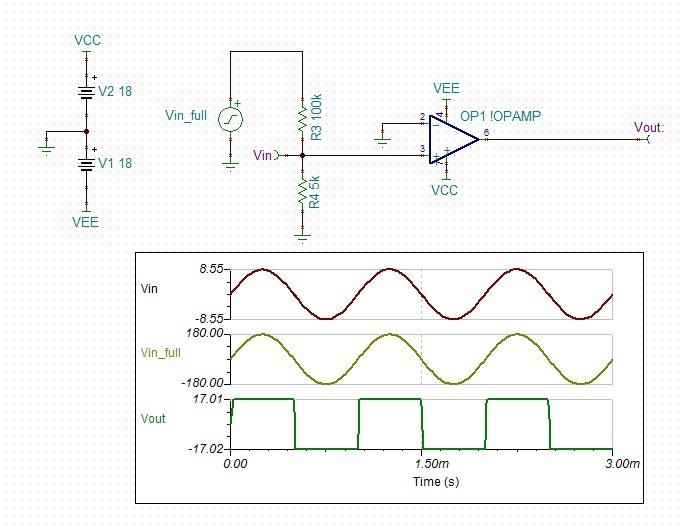Other Parts Discussed in Thread: LM1815, OPA170, OPA191, LM2902
Hi team,
my customer is looking for a automotive discrete solution to achieve same function as LM1815, would you please help to provide a solution? is OPA170-Q1 suitable to use? Thanks.
Kevin


